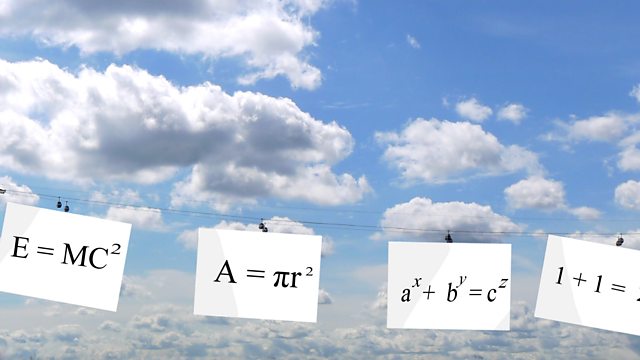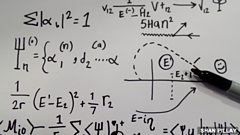Cloud Education: The Future of Learning
Massive online classrooms might be the future of education? Is it good for pupils or will it lead to educative chaos?
What are the big challenges in education around the World? How do we ensure everyone learns to the best of their ability? Is new technology the answer? And what does it mean for teachers and pupils? Exploring future learning, educational and creative leader Sir Ken Robinson, Professor of educational technology Sugata Mitra and Professor of cognitive science and computer science and engineering Scott Klemmer.
Photo: equations and clouds (Photo/illustration by Shan Pillay)
Last on
Clip
-
![]()
Order out of Chaos
Duration: 00:59
Chapters
-
Sir Ken Robinson
Why creativity is the key to educational success
Duration: 06:41
-
Sugata Mitra
Should we allow children to self organise their learning.
Duration: 13:14
-
60 Second Idea
Sugata Mitra says we should allow the internet in exams.
Duration: 05:58
-
Scott Klemmer
Peer learning and peer feedback is essential to large online learning environments
Duration: 11:23
Sir Ken Robinson

Sugata Mitra

Sugata Mitra is Professor of Educational Technology at the
School of Education, Communication and Language Sciences at Newcastle
University, UK.
He was given the $1m TED Prize in 2013 in recognition of his
work and to help build a School in the Cloud, a creative online space where
children from all over the world can gather to answer 'big questions', share
knowledge and benefit from help and guidance from online educators.
Much of his current research builds on the Hole in the Wall
(HIW) experiment, which Sugata instigated in 1999. Children were given free
access to a computer embedded within a wall between his office and an Indian
slum at Kalkaji, Delhi.聽This, and further experiments into children鈥檚 learning, have
demonstrated that groups of children, irrespective of who or where they are,
can learn to use computers and the Internet on their own in a public
space.聽 Indian diplomat Vikas Swarup read
about Mitra's experiment and was inspired to write his debut novel that went on
to become the Oscar winning movie of 2009 - Slumdog Millionaire.
Sugata argues for more
disorder in a very standardised education system to free up children鈥檚 natural
curiosity and creativity.
Scott Klemmer

Sixty Second Idea to Change the World

Broadcast
- Mon 11 May 2015 01:05GMT大象传媒 World Service Online
What鈥檚 your favourite movie theatre?
Podcast
-
![]()
The Forum
The programme that explains the present by exploring the past




